Main Content
News
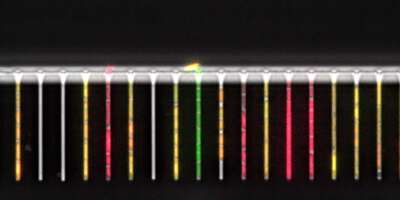
January 25, 2018
Lab-on-a-chip for tracking single bacterial cells
The research group led by Prof. Erik van Nimwegen at the Biozentrum of the University of Basel, together with researchers from the Max Planck…

January 18, 2018
Pradel Research Award 2018 for Silvia Arber
Prof. Silvia Arber, Neuroscientist at the Biozentrum of the University of Basel and the Friedrich Miescher Institute for Biomedical Research, receives…

January 17, 2018
Farewell Symposium for Prof. Erich Nigg, Director of the Biozentrum, on 1 February 2018
Erich Nigg, Professor of Cell Biology and, since 2009, Director of the Biozentrum will retire from the University of Basel on January 31, 2018. On…

January 15, 2018
Nobel laureate Christiane Nüsslein-Volhard at the Biozentrum
How does the zebrafish get its stripes? Why does it change from species to species? Which cells are responsible for the variety and beauty of the…
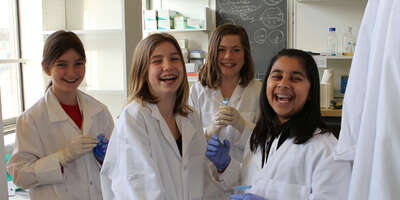
January 08, 2018
kids@science 2018 – very young researchers at the Biozentrum
This year the Biozentrum of the University of Basel will open its doors again for school children to participate in the study week kids@science, a…
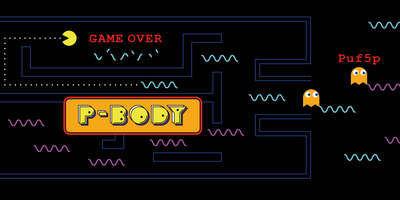
January 08, 2018
Survival strategy of messenger RNAs during cellular sugar shortage
If a cell runs low on sugar, it stores certain messenger RNAs in order to prolong its life. As Prof. Anne Spang’s research group at the Biozentrum of…
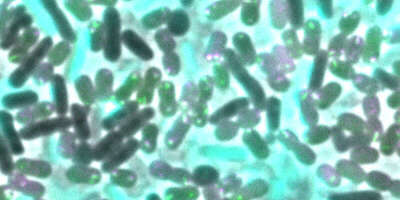
December 27, 2017
Bacteria acquire resistance from competitors
Bacteria not only develop resistance to antibiotics, they also can pick it up from their rivals. In a recent publication in "Cell Reports", Prof.…
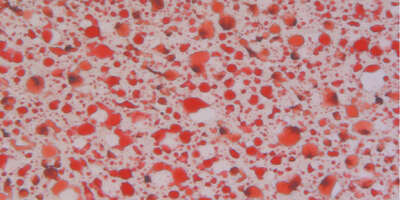
December 11, 2017
Liver cancer: Lipid synthesis promotes tumor formation
Lipid, also known as fat, is an optimal energy source and an important cell component. Much is required for the rapid and uncontrolled growth of…
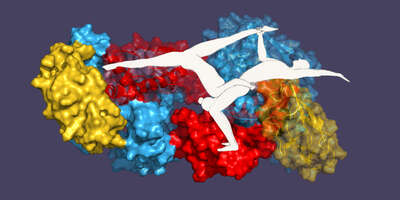
December 08, 2017
Acrobatic duo in the cells
Just like an acrobatic duo, some proteins lend each other stability. Researchers led by Prof. Sebastian Hiller at the Biozentrum, University of Basel,…
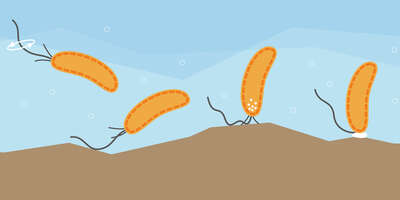
October 27, 2017
Bacteria have a sense of touch
Although bacteria have no sensory organs in the classical sense, they are still masters in perceiving their environment. The research group led by…


